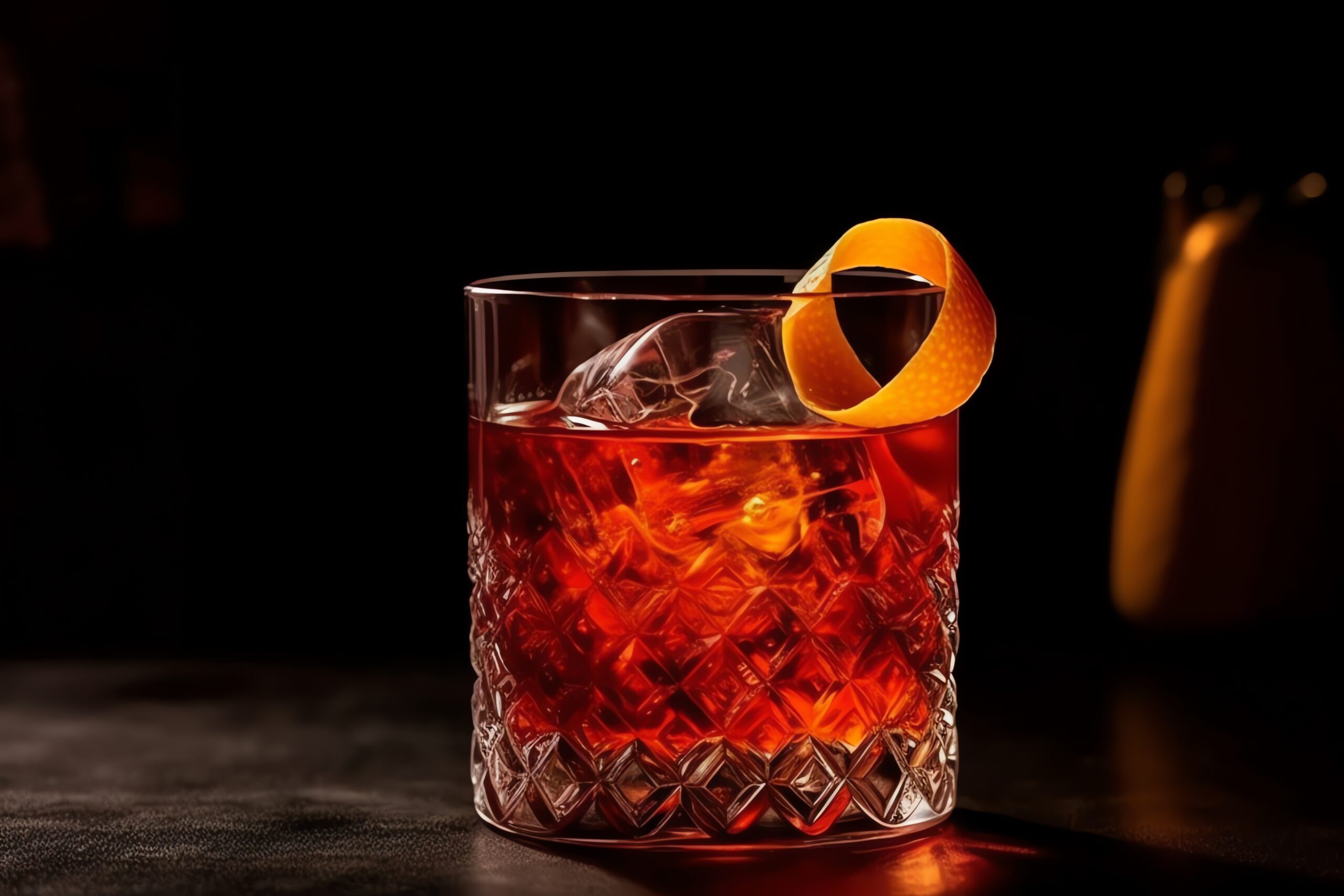How do bartenders come up with new drinks? While it’s entirely possible to mix random ingredients and come up with something good, there is a theory behind the art of mixology. Nearly every cocktail fits a basic template: a master cocktail. Want to make a new cocktail? Start with a master cocktail and start swamping ingredients!

To illustrate the logic, take the Old-Fashioned as an example of a master cocktail. It consists of spirit, bitters, sugar, and ice. The Sazerac is a speciation of the Old-Fashioned served neat. However, so too is the Mint Julep and Ti Punch (species of Old-Fashioned). In the case of the Mint Julep, mint stands in for the bitters. In the case of ti punch, lime stands in for the bitters. The muddled lime wedge produces just a wee little bit of juice with the essential oils but not enough juice to make it a daiquiri (all this borrowing from the logic of the Cocktail Codex, discussed below).
One of the first treatises on the theory of mixology comes from David Embury’s The Fine Art of Mixing Drinks, published in 1948. Embury defined a cocktail as a base spirit with a modifier added to it. Embury stated there were numerous modifiers and identified bitters, citrus juices, cordials, eggs and cream as a few notable examples. Embury claimed that the base spirit will always constitute at least 50% of the drink, but with some drinks, that ratio will be significantly higher.
Embury divided cocktails into two different distinctions: aromatic cocktails and sour cocktails. An aromatic cocktail is seasoned with bitters or an aromatized wine such as vermouth. Sour cocktails have an acidic juice such as lime or lemon juice. For his base cocktails, Embury simply defines the Gin Sour, the Rum Sour, the Whiskey Sour, etc., and then he gives examples of cocktails with further modifications based on these. For example, Bee’s Knees and the Aviation Cocktail are subspecies of the Gin Sour.
Embury’s treatise was the only comprehensive book on the topic until the proprietors of Death & Company published their groundbreaking work: The Cocktail Codex. Alex Day, David Kaplan, and Nick Fauchauld propose six broad families of cocktails: the Old-Fashioned, the Martini, the Daiquiri, the Sidecar, the Whiskey Highball, and the Flip.
The martini family includes drinks that are modified by any fortified wine, such as the Negroni, the Manhattan, the Boulevardier, the Old-Pal, and the Vesper. The daiquiri is simply a sour with rum as its base. Also in this family are the Mojito, Tom Collins, Mai Tai, and Ramos Fizz. The Side Car is sour, modified by a liqueur. As such, the Lemon Drop, Aviation, and Margarita fit this category.
I can’t entirely agree with Cocktail Codex’s treatment of the Highball. It over-generalizes in this specific area where another category or two should have been acknowledged. Embury, for instance, stated that Bucks were not Highballs because they were modified with citrus juice. Such could have been a useful division. I am baffled at how the Mai Tai and the Mojito get treated as sours while the Tequila Sunrise gets grouped with the Highball. It is worth mentioning that drinks can fit multiple categories. For instance, the Ramos Fizz could fit into the Sour, Flip, and Highball categories. All-in-all, I feel the so-called highball category could use some further division.
Another adjustment I’d make is categorizing the Sidecar under the broader definition of the Daisy cocktail. The Daisy, an eighteenth-century cocktail, was any spirit modified by citrus juice and a liqueur (mostly triple sec). The Daisy predated the Sidecar, which is properly a Brandy Daisy while the Margarita is properly a Tequila Daisy.
That said, the Cocktail Codex is seminal and is a book that all serious bartenders should read. Even though it’s excellent for the advanced bartender veering into mixology, it’s beneficial for the novice due to how it illustrates the shared nature of many cocktails. Remembering drink recipes is easier when you can put them into broad categories. If you can memorize the recipe for a sidecar, you should have no problem learning the cosmopolitan and the Margarita.

